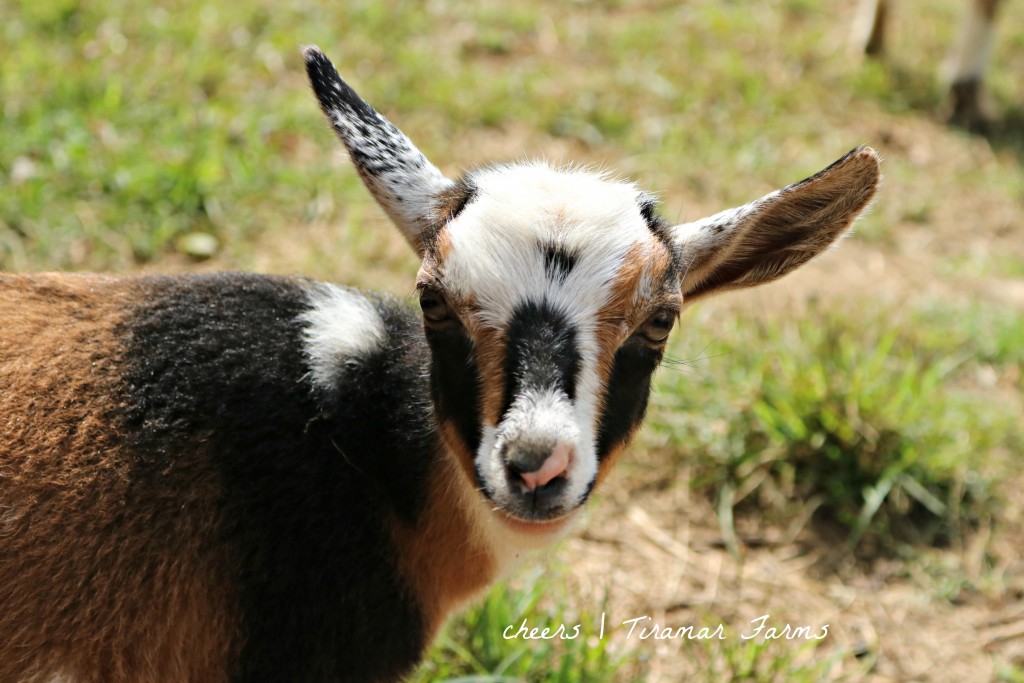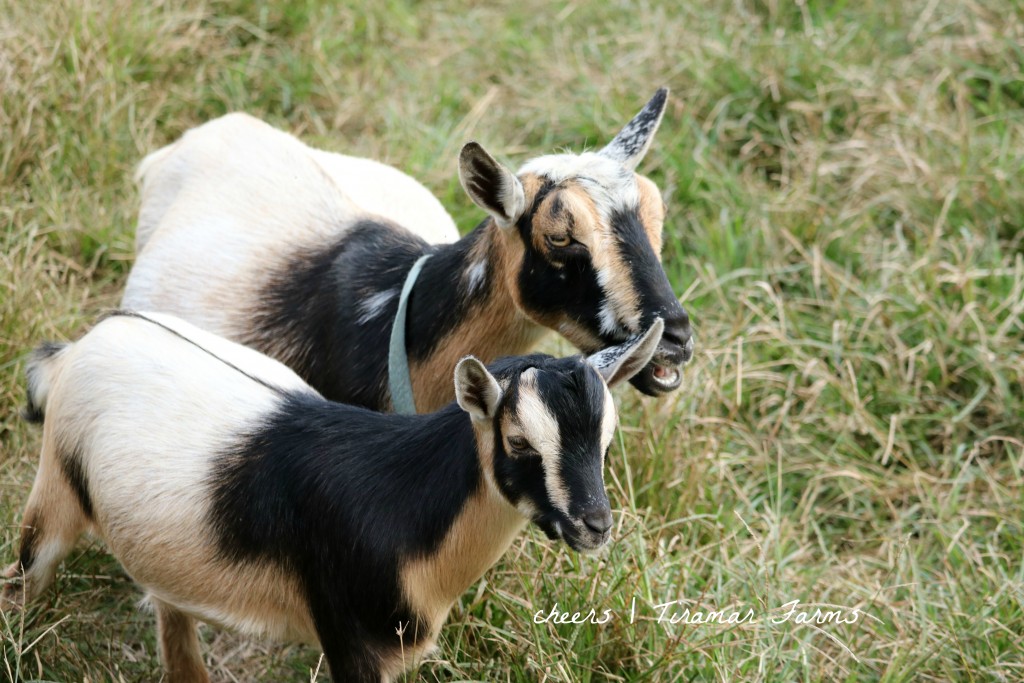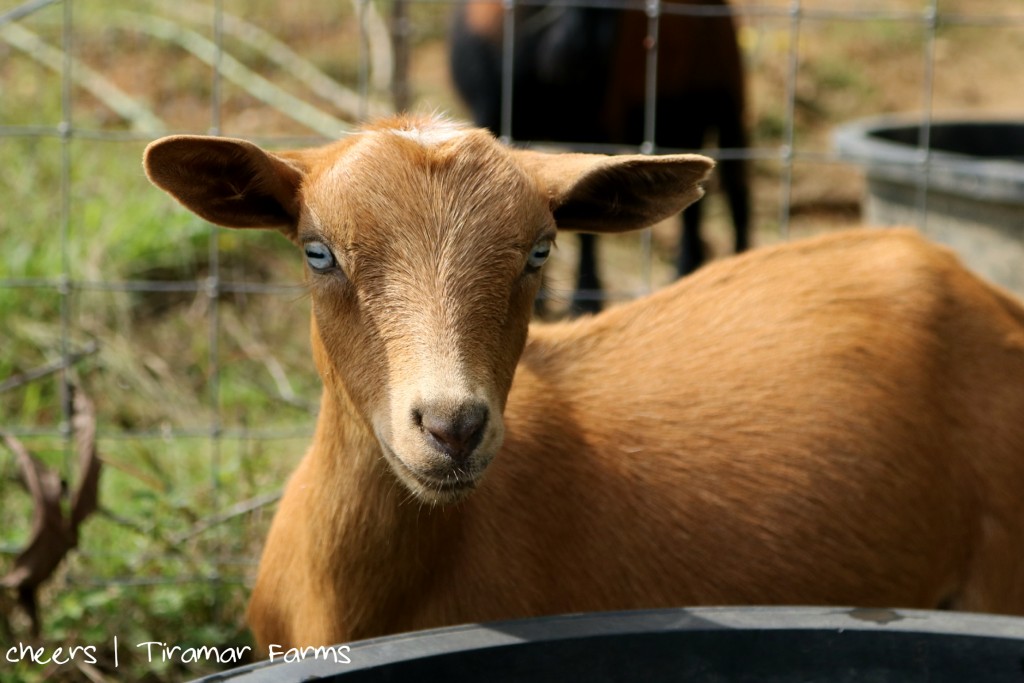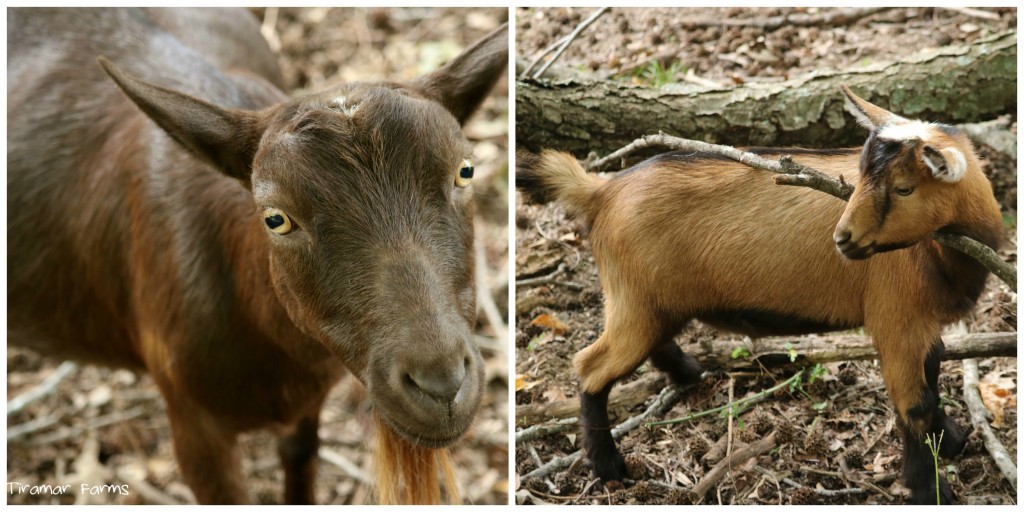This is a topic that comes up a lot in forums and online chats. Old sayings like “if it works, it’s line breeding and if it doesn’t, it’s inbreeding” get thrown around. Genetic experts who understand it better than I do talk about coefficients and percentages. What I want to talk about is somewhere in the middle — a simple overview that skips the more complex terminology while laying aside old wives tales and unhelpful adages.
I don’t want to follow the “if it works…” rule in my breeding program, and I don’t think others should either. That’s taking a careless, “let the chips fall where they may” attitude. But I also have trouble following the technical jargon and mathematics of inbreeding coefficients. I imagine that a lot of us are in that place. So I’m going to try to explain, in simple terms, the basic differences between inbreeding, linebreeding, and outcrossing and provide a few guidelines for beginners to follow.
I am no geneticist and this is a complicated subject, so following up with additional research is a good idea. Treat this as a primer to get you started!
First, the definitions:
Inbreeding
Inbreeding is the very close breeding of relatives. Parent-offspring and sibling-sibling breedings are what most people are referring to when they mention inbreeding, but technically pairings such as aunt/uncle-niece/nephew, cousins, and grandparent-offspring are also inbreeding. The percentage of inbreeding increases depending on how closely related the animals are. For instance, if a female is bred back to a male that is her sire but also her cousin, that’s an even higher percentage of inbreeding than a simple sire-daughter pairing of otherwise unrelated animals.
Linebreeding
Linebreeding is technically a form of inbreeding. However, linebreeding deals with pairs that are related more distantly than first-generation relatives. For example, it might involve breeding two animals that have a common grandparent. The object of linebreeding is to bring an animal in the pedigree forward again and increase its genetic influence over the resulting offspring. This is really the goal of all forms of linebreeding and inbreeding, but we’ll get to that shortly. Linebreeding is often utilized by many breeders.
Outcrossing
An outcross is when two completely unrelated animals who share no common ancestors within four to six generations are bred. Pretty simple.
So, why linebreed? Why outcross?
Breeding related animals is the quickest way to bring out the very best traits in your lines. When two animals that share common genes are bred, it increases the chances of the desirable genes, particularly recessive ones, being passed on in the offspring. The objective of linebreeding is to increase the influence of a particular ancestor(s) in the offspring. It also increases the reliability of your results to some extent. Linebred offspring are more likely to come out sharing the traits of their parents and other ancestors. There are less “wild card” genes in the mix.
Think of it this way: If you really love the quality of milk production from a certain doe and that doe’s mother as well, you may choose to breed doe #1 to her uncle (her mother’s brother) in hopes that the offspring will have increased chance of inheriting that production. It’s not a foolproof guarantee that the offspring will milk well, but it increases the odds.
Which brings us to…why or why not outcross? Outcrossing has its benefits as well. Typically, offspring from outcrosses show additional vigor and health. Not that linebred, or even inbred, animals are always unhealthy, but there is such a thing as heterosis or “hybrid vigor.” Essentially, broadening the genetic pool limits the chances of bad traits, particularly recessive ones, from getting passed on. However, it also limits the chances of good traits being passed on in the same way.
A recessive gene is one that requires both parents to pass it on in order for it to be present in the offspring. It needs two copies to be revealed, whereas a dominant gene only requires one parent to have the gene in order for the offspring to inherit it. (I’ll explain a little more about dominant and recessive genes below.) In some ways, an outcrossing is a wild card breeding, because you don’t know how the two lines are going to interact with each other.
However, outcrossing can also be very useful. You can use outcrossing to increase vigor or to dilute an overly-linebred herd. Outcrosses are useful for diversifying your herd genetics and preventing livestock from getting too inbred. An outcross can also introduce a certain quality into a line that lacks it. For instance, you may love a certain line, but hate that it doesn’t have straight enough legs. You might then use an unrelated animal from lines with really wonderful, straight legs in hopes of adding that quality to the all the traits you admire about the other line.

Fun Fact: The doeling pictured just above is this buck’s daughter. See the similarities? Their color pattern is called “buckskin” and is a dominant gene.
What are the cons to linebreeding?
Just as linebreeding increases the chances of good recessive genes being passed on, it also increases the chances of undesirable ones being passed. You may breed two animals with no outward sign of a problem, like an extra teat, but when bred that recessive gene may show up in the offspring. Whereas each parent only had one copy of the negative gene, the offspring inherited a copy from each parent. Suddenly you have a doeling with an extra teat, which is a very bad thing in a dairy goat. You had no way of knowing that the line carried that undesirable trait until you mated the two related animals.
This can be a positive in some ways, because it will reveal the weaknesses in your lines as quickly as it will reveal the strengths, but it can also result in more cull animals. The more closely related the two animals being bred are, the more likely major faults will show up. You also risk losing some vigor in the offspring, which is also due to the increasing of specific genes. If the common ancestor of your two animals had trouble resisting parasites, the offspring of the pair may be even more prone to poor parasite resistance. What’s more is that you may not have even owned the common ancestor and not know about its weaknesses. Chances are, if the ancestor they have in common was not your own animal, you’ve only ever heard all the great things about it, not the negative ones.
Linebreeding too closely may also cause something known as inbreeding depression. The opposite of hybrid vigor, inbreeding depression causes the offspring to lack vitality. They may have dramatic genetic problems, infertility issues, lack survivability, or simply be less sturdy.
How do I decide what’s right for my breeding program?
It’s never recommended to do very close inbreeding. Full siblings should never be bred, and parent-offspring or half-sibling breedings should be done sparsely and only when the animals are truly incredible and the breeders are prepared to cull hard.
Typically, if you are just starting out, you want to work your way from outcrosses into linebreeding. Starting out linebreeding immediately can limit you and your herd. You may essentially breed yourself into a corner where your goats are becoming too closely related too quickly. You may also not recognize flaws right away that an experienced breeder would notice and therefore lower the quality of your stock.
Choose animals that compliment each other well. For instance, don’t buy a buck with a steep rump if your does all have steep rumps — that will not get you anywhere. Instead, try to choose animals that will bring the best possible qualities. If your does are lacking in one area, choose a buck that is excellent in that area, and vice versa. Buy the best possible buck that you can, because your buck is half your herd.
Another thing to consider is that you generally only want to be linebreeding when you truly do have high quality animals worthy of being repeated in a pedigree. A ho-hum, so-so, just “okay” critter shouldn’t be showing up two, three, or more times in a pedigree.
Eventually some linebreeding is inevitable unless you have unlimited funds and space to add new males. Breed the best you can and “breed up” to the best of your ability from the start so that when it’s time to linebreed, you’re not linebreeding with genes that are going to drag your herd down.
You also have to ask your self three things:
How experienced are you in breeding?
Not just in putting two animals together, letting nature take its course, and caring for the babies. How experienced are you in purposefully, selectively breeding animals in order to bring out the traits you most desire and get rid of the traits you do not want? Are you familiar enough with the breed ideal that you can spot undesirable traits or faults?
How well do you know these lines?
Are you familiar with the positive traits that may get passed on as well as the negative ones? Has the common ancestor proven his/herself in the milk pail, show ring, plate, or whatever it is your particular species and breed should be proving themselves on? Even more importantly, have the offspring of this animal proven themselves? Sometimes even a really spectacular animal doesn’t do a good job of passing on its good qualities.
Are you willing to cull and cull hard?
Culling is the process of eliminating undesirable animals from the gene pool of your breeding stock. This can occur in the form of culling to the freezer as meat, selling to a pet home, or — if the animal lacks severe faults but just doesn’t make the cut for your program — selling it to another breeding program with full disclosure.
Either way, you have to be willing to trim the fat from your breeding program. You will get more comfortable with culling as you gain more experience. It’s hard the first couple of years to get rid of those cute little babies, but if you want to have a serious breeding program, and especially if you want (or need) to start linebreeding, you have to be willing and able to recognize the traits you don’t want and cull them from your herd.
Dominant vs Recessive Genes
It’s hard to talk about genetics without touching on dominant and recessive genes. I briefly mentioned them already, so I will try to explain them as simply as possible.
Dominant genes require only one parent or one copy of the gene to be observable in the offspring. They are also always expressed in the animal when present. Blue eyes, polled, and moonspot genes are all dominant genes. If the gene is present in the animal, it is also expressed in the animal.
If a dominant gene is not visible on the animal, it cannot be passed on from that animal to its offspring except when bred to another animal that does have the dominant gene expressed. This is why two brown eyed goats will never produce a blue eyed kid, two horned goats will never produce a polled kid, and two non-moonspotted goats will never produce a kid with moonspots (although keep in mind that moonspots can be very small and hard to see, giving the appearance that a non-moonspotted animal is throwing kids with spots). When two animals who both have a dominant gene are bred, it increases the chance that the offspring will be homozygous for the trait (meaning that 100% of that animal’s offspring will have the trait).
Recessive genes require both parents and two copies of the gene to be passed on, because the offspring must have two copies of the gene in order for it to be observable. These are the types of genes that an animal can carry and pass on to its offspring when the animal itself does not visibly express the gene. I used the example earlier of an extra teat. Two animals, both with only two teats themselves, may produce offspring with three or more teats if both parents are carrying the gene for an extra teat. If one animal carries the gene for an extra teat and the animal it is bred to does not, the offspring may inherit one copy of the recessive gene but they will not have an extra teat.
This is where linebreeding and inbreeding become both useful and a bit risky, because they increase the possibility of hidden recessive genes being exposed. Those hidden genes can be beneficial or undesirable, and because they can be visibly hidden from the outside of the animal, we have no way of knowing if an animal carries the gene until it produces offspring with the trait.
Final Thoughts
Typically, the more experience you gain as a breeder and the better you know your lines, the more comfortable you will become with breeding related animals to each other. Herd size matters, too, and bigger herds can linebreed more successfully than very small ones. I personally don’t linebreed very tightly at this time, but each year I become more comfortable with it and more confident in my ability to spot both good and bad traits in my animals. However, I have a small herd, so I find it important that I avoid getting too heavily linebred in my herd. Otherwise, I would risk backing myself into a corner and ending up with too many animals that are so closely related they can’t be bred to each other. It can be tricky balancing the lines in such a small herd while also retaining offspring.
It’s a personal decision in the end. Only you can decide what is right for your herd. If you do choose to linebreed, find a mentor who is familiar with your goals and the lines you are working with to help you. It’s also not a bad idea to take advantage of things like DHIA milk testing, linear appraisal, or shows to help you assess the strengths and weaknesses of your animals. These aren’t things I have participated in yet myself, but I do have plans to start engaging more with these methods in the future. ADGA also has a wonderful tool on their website called “planned pedigree” that allows you to view the percentage of inbreeding that the offspring of your planned match will be. The downside is that this only works with ADGA registered animals, and because Nigerians were only recently added to ADGA, their herd book is limited and sometimes doesn’t give as full a picture of the inbreeding as it does with other breeds.
Genetics are very complex, but I hope this explanation helps make things a little clearer. It’s really a fascinating subject, and I love to learn about it. Each pairing that takes place is like rolling a dice and hoping to win the genetic lottery. Although it’s possible to make a calculated guess of what might come out, it’s always a surprise in the end.
Cheers








Leave a Reply